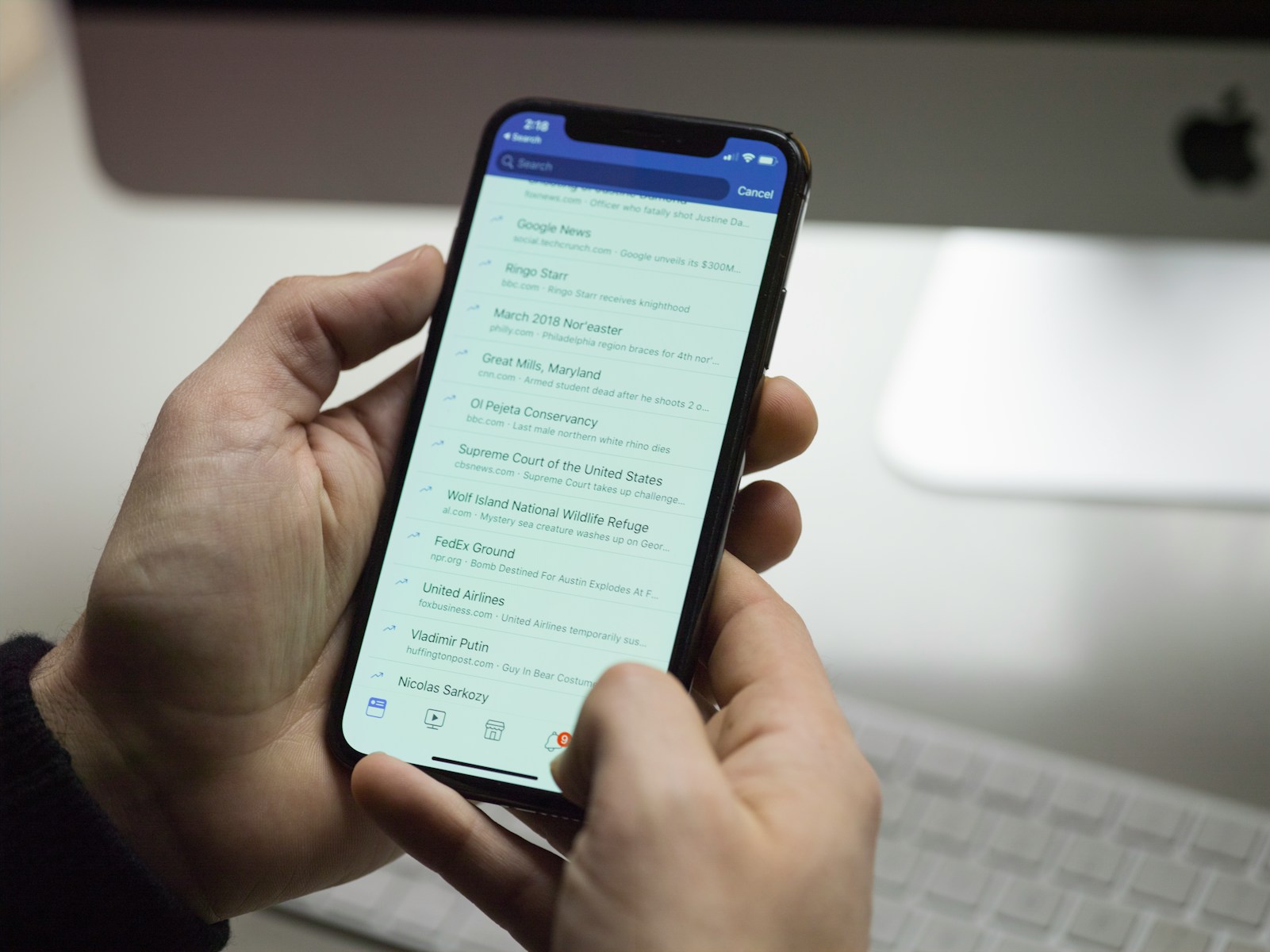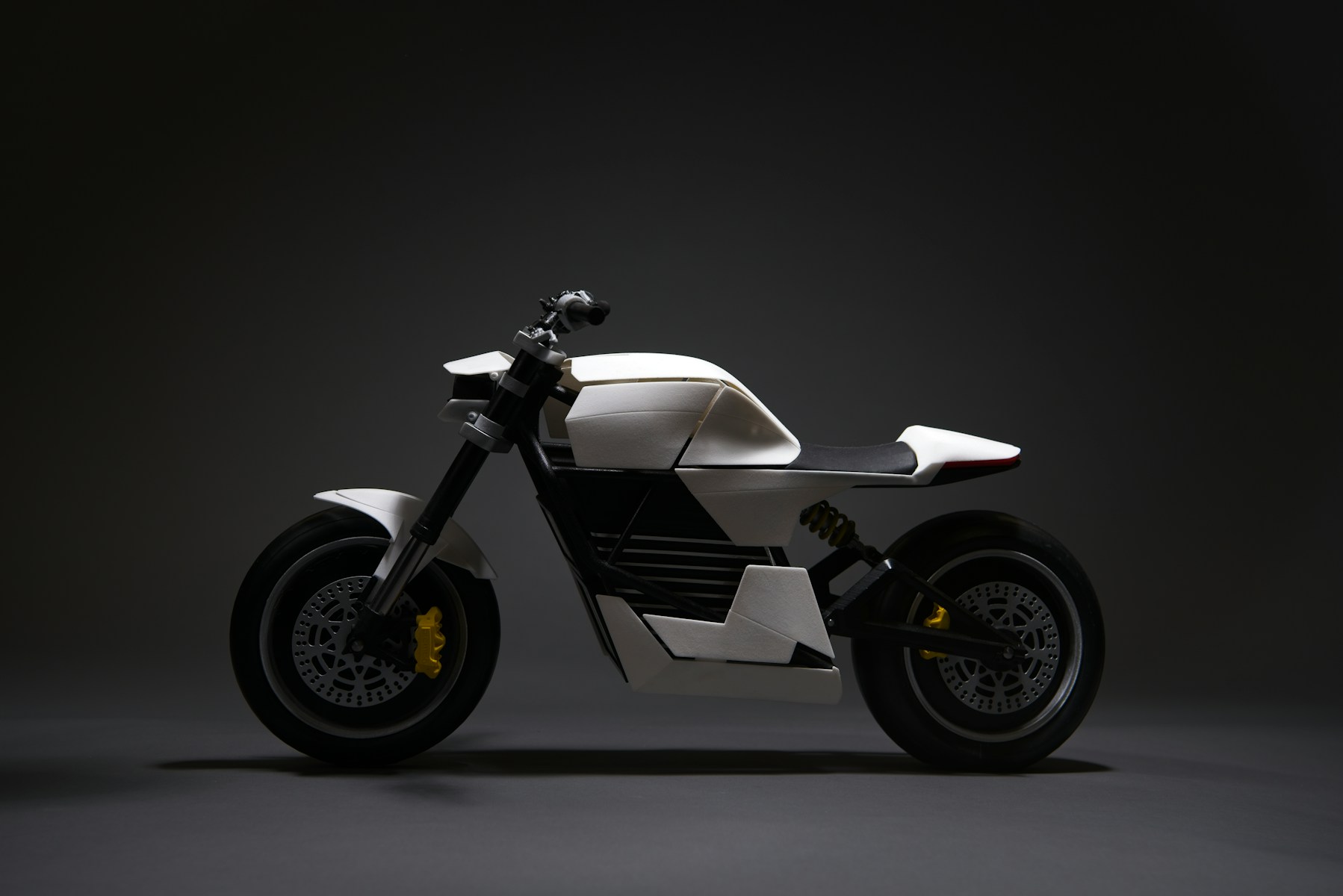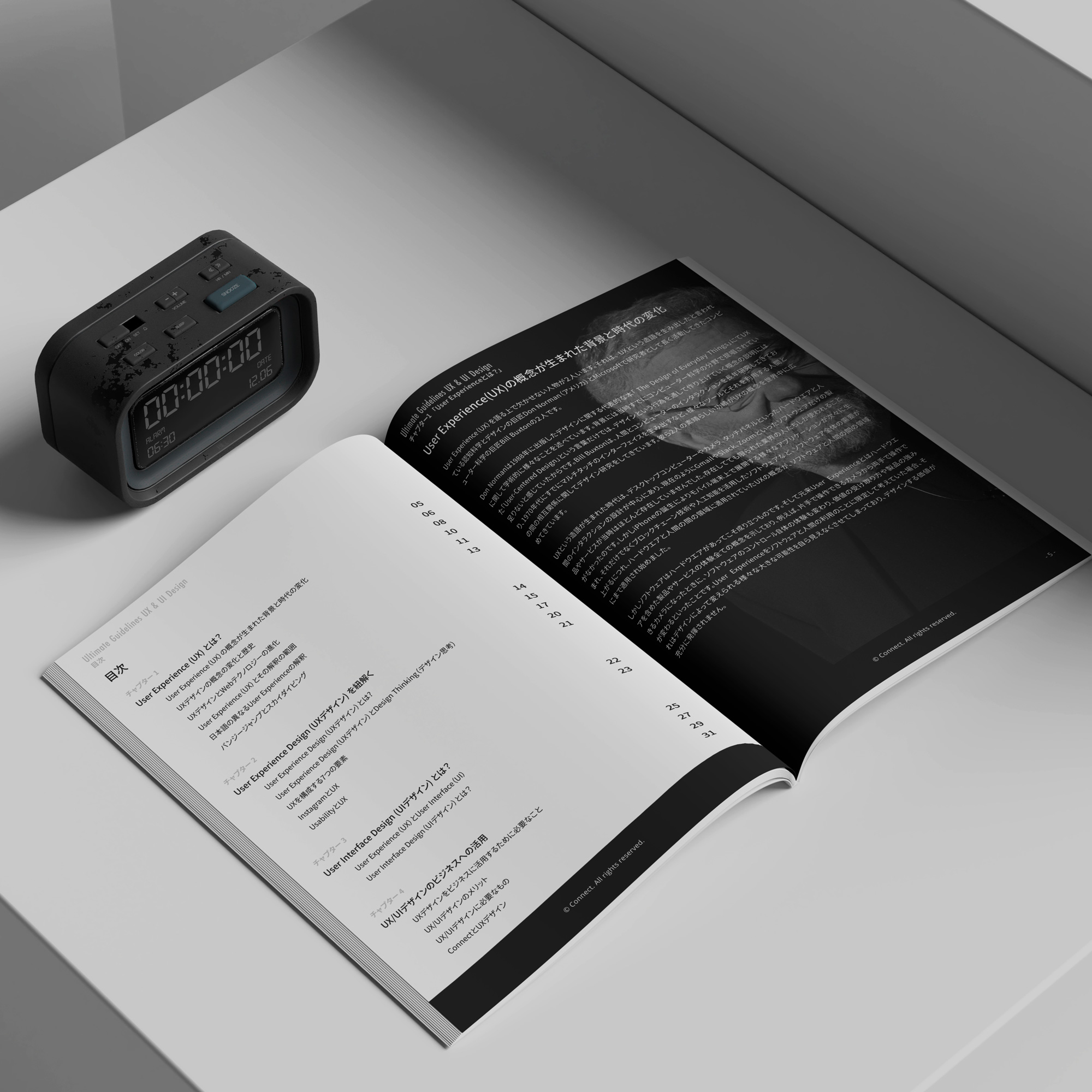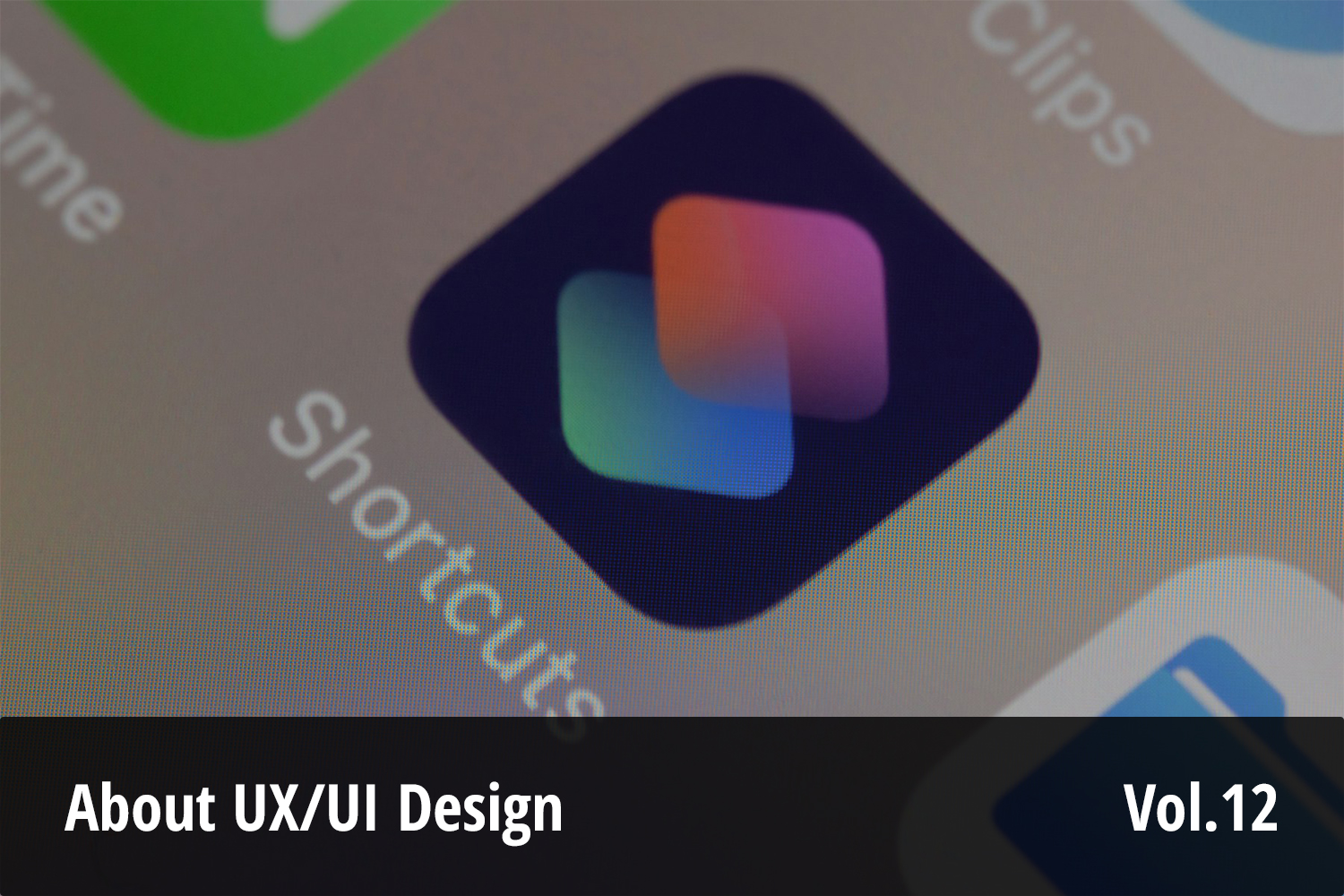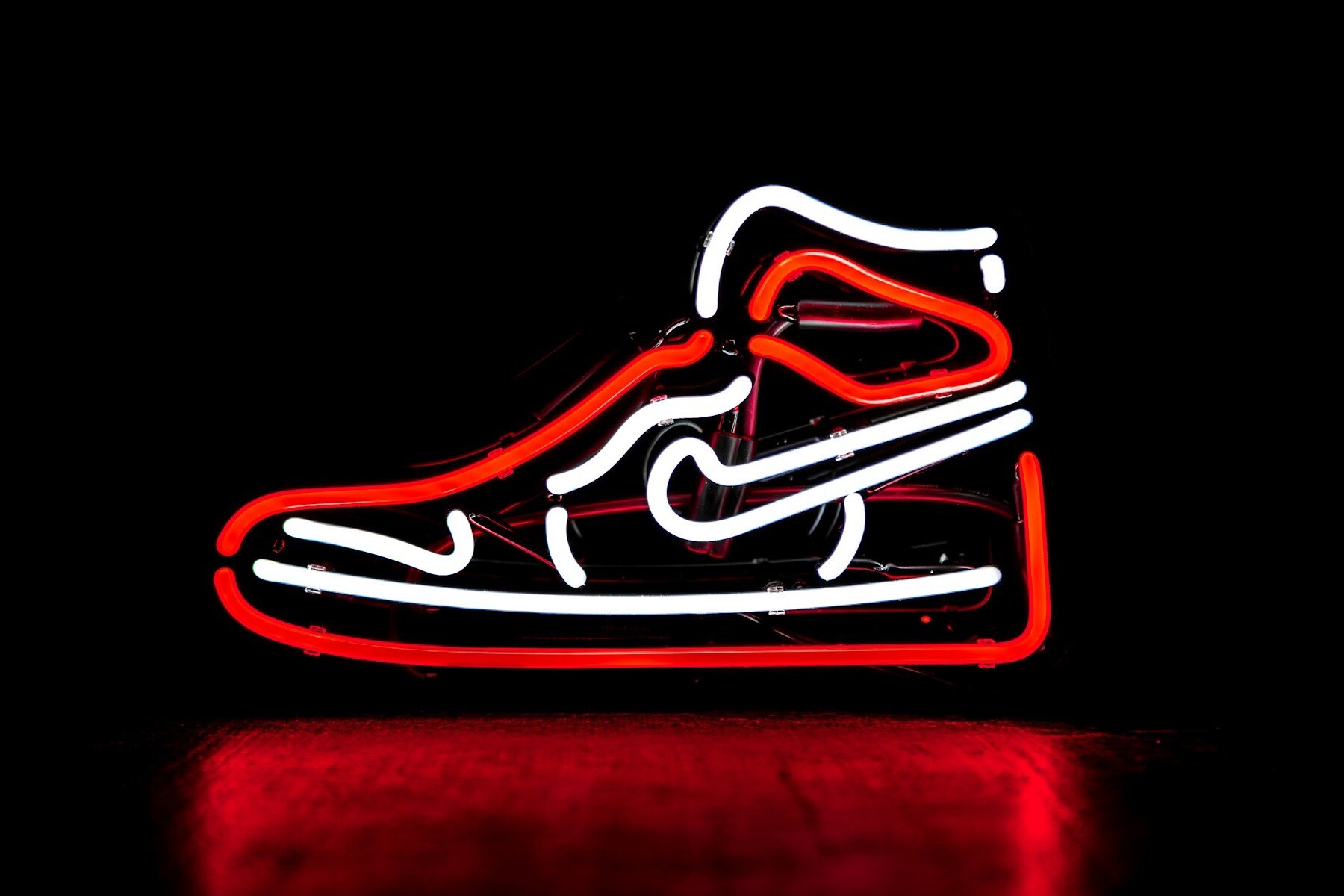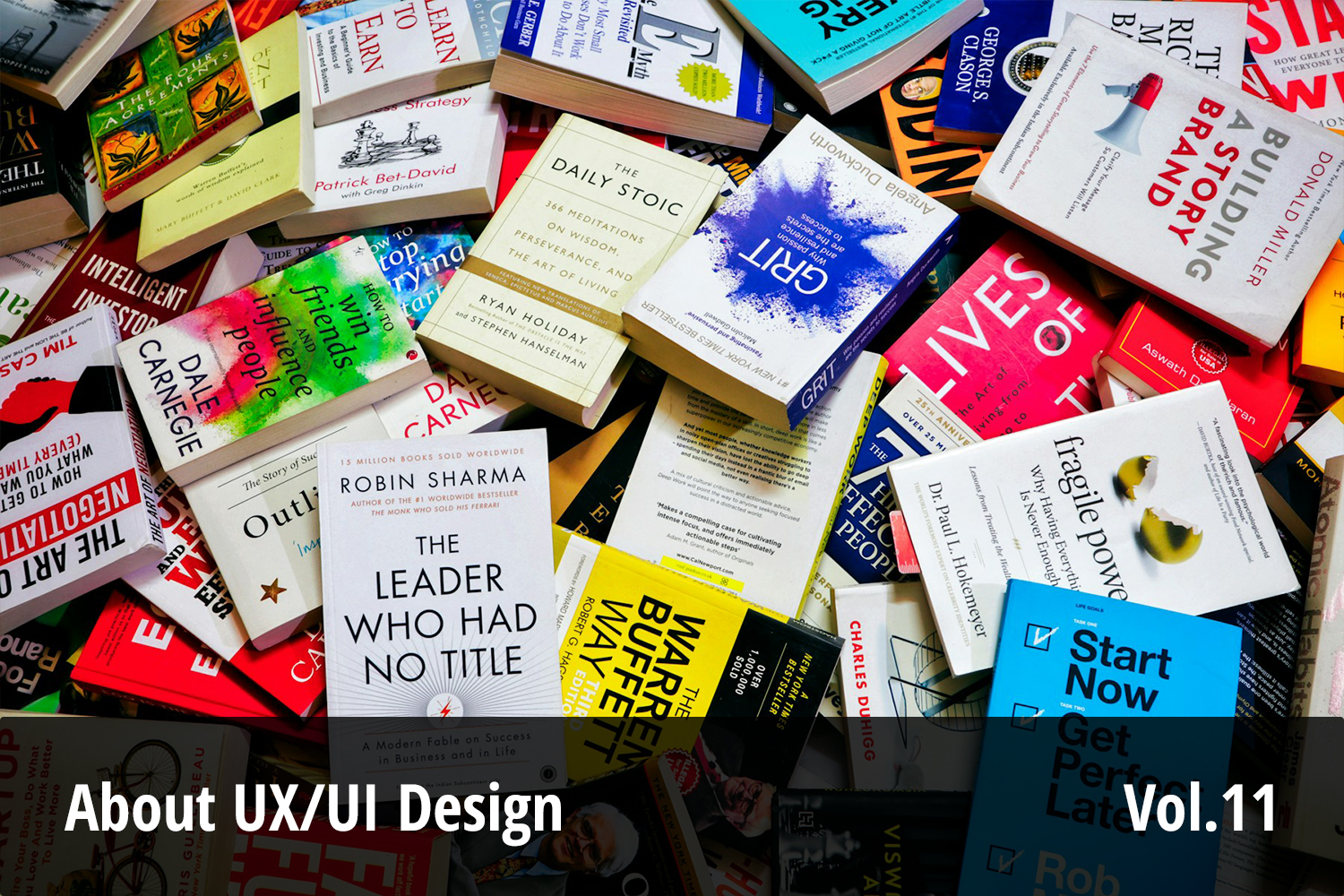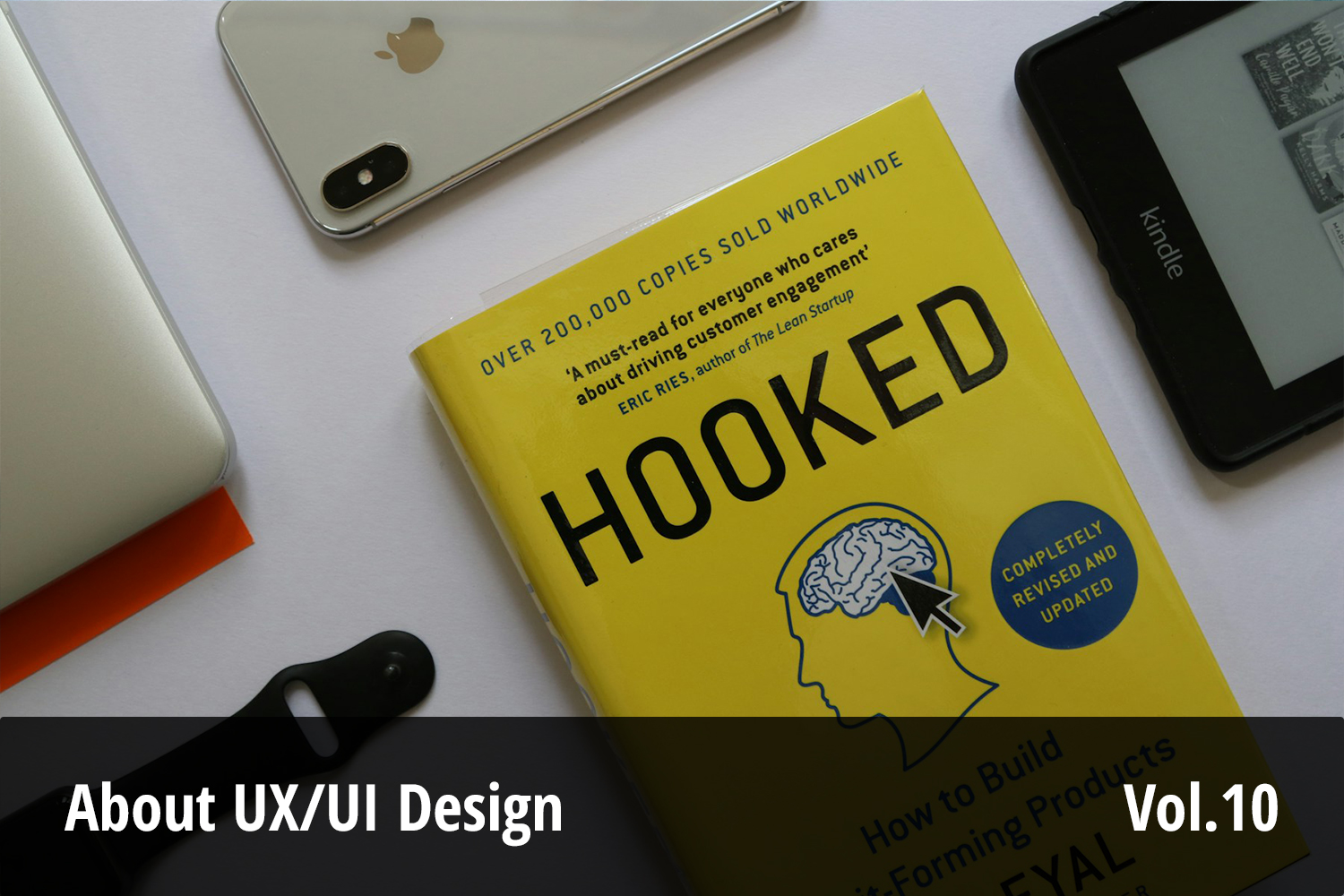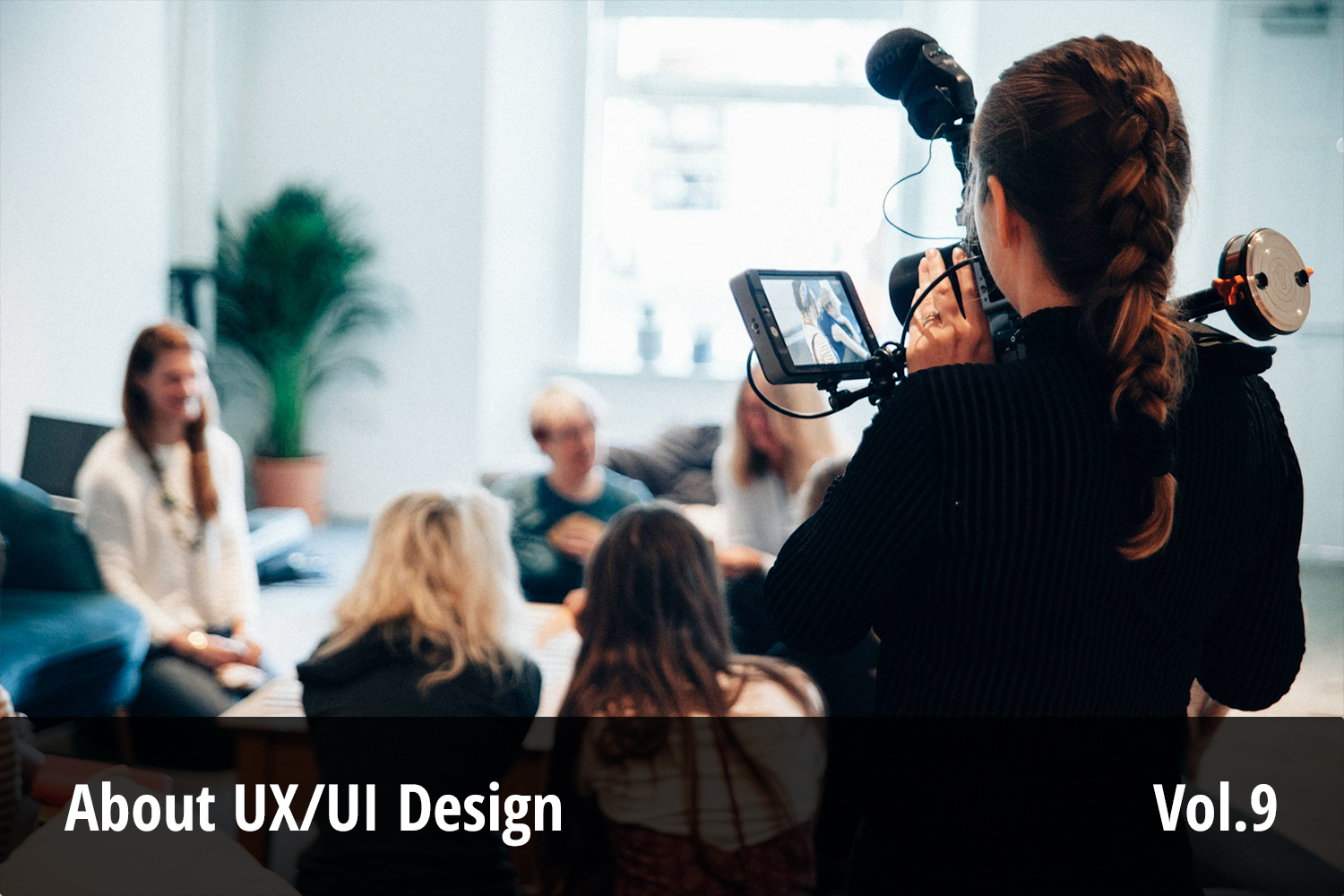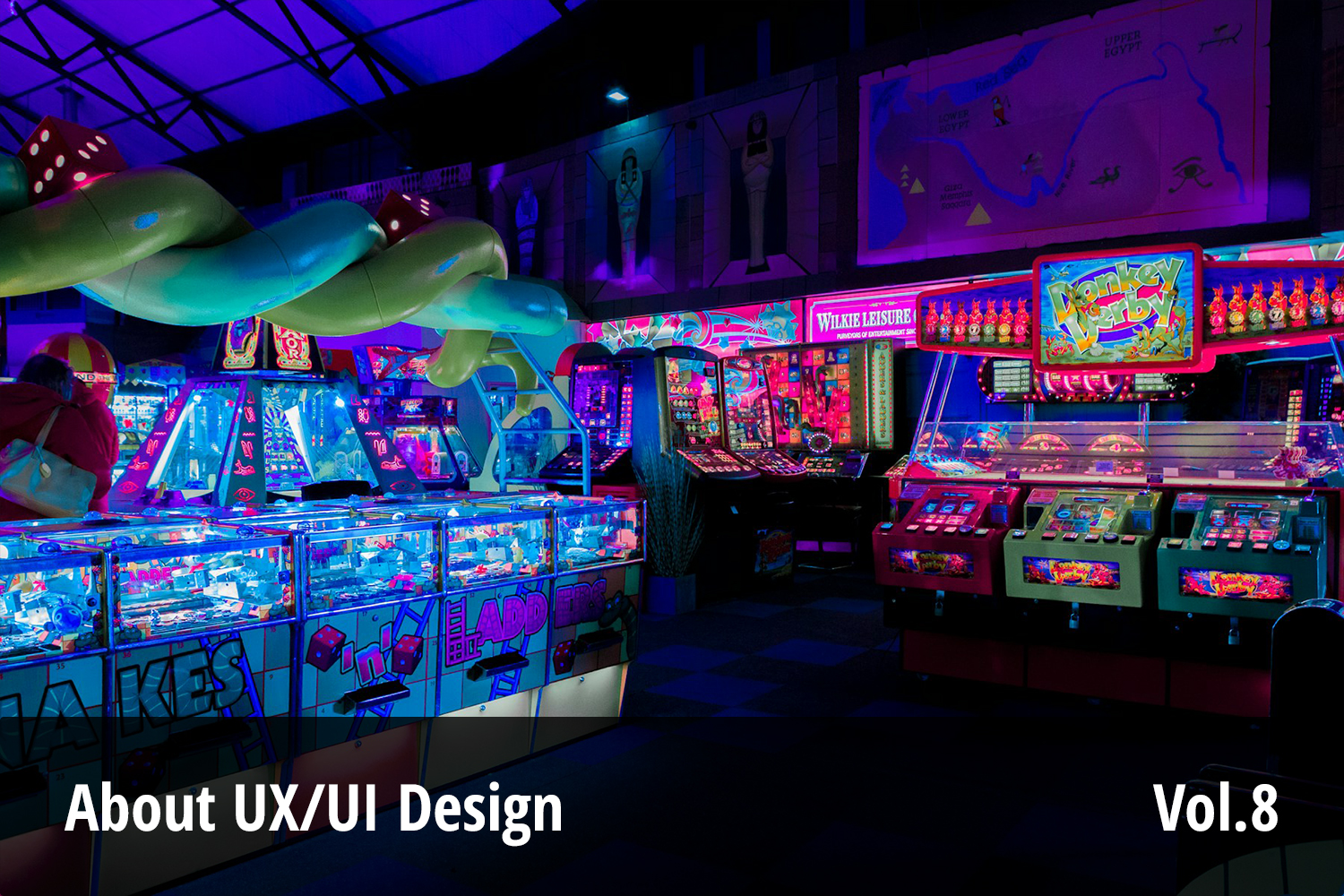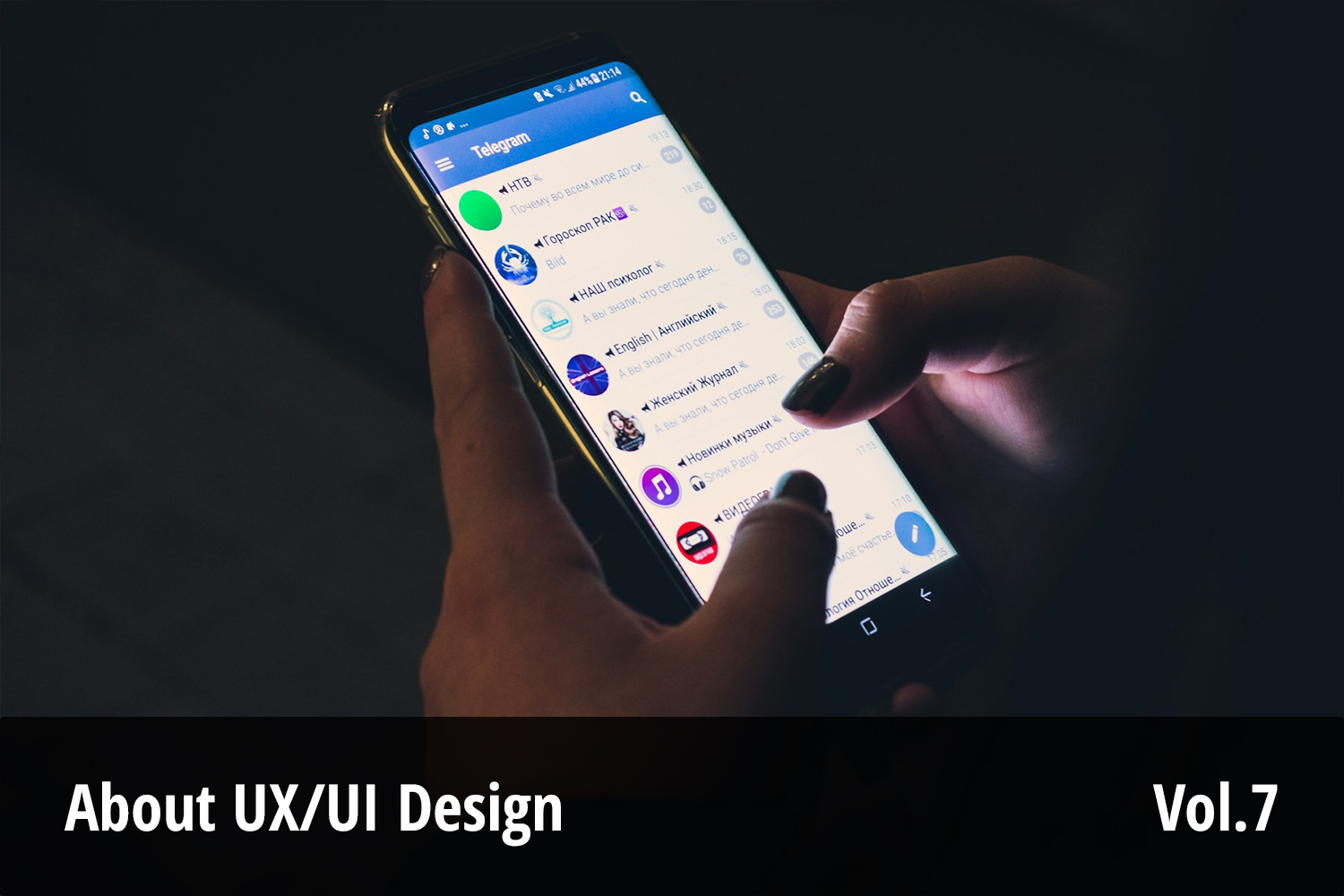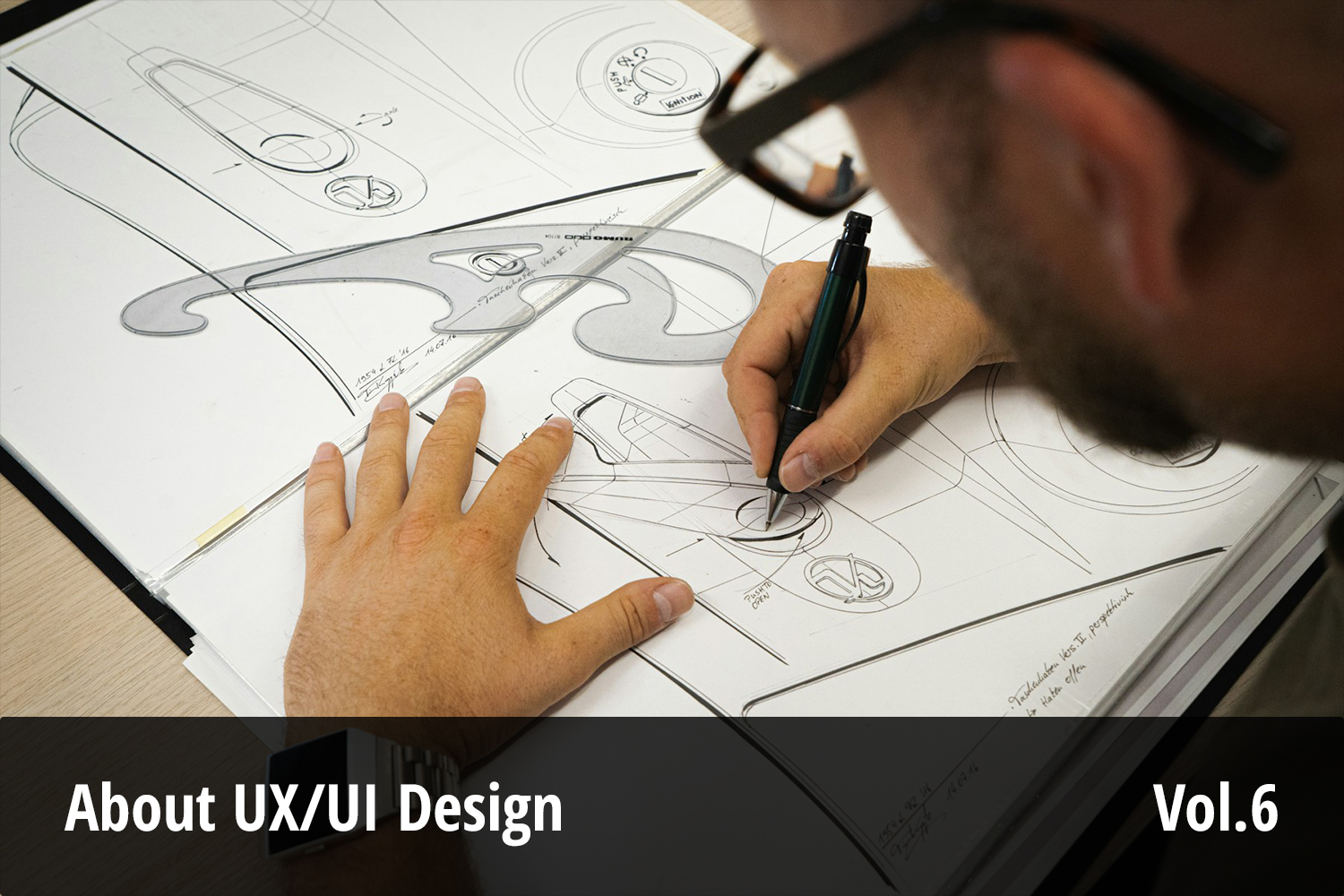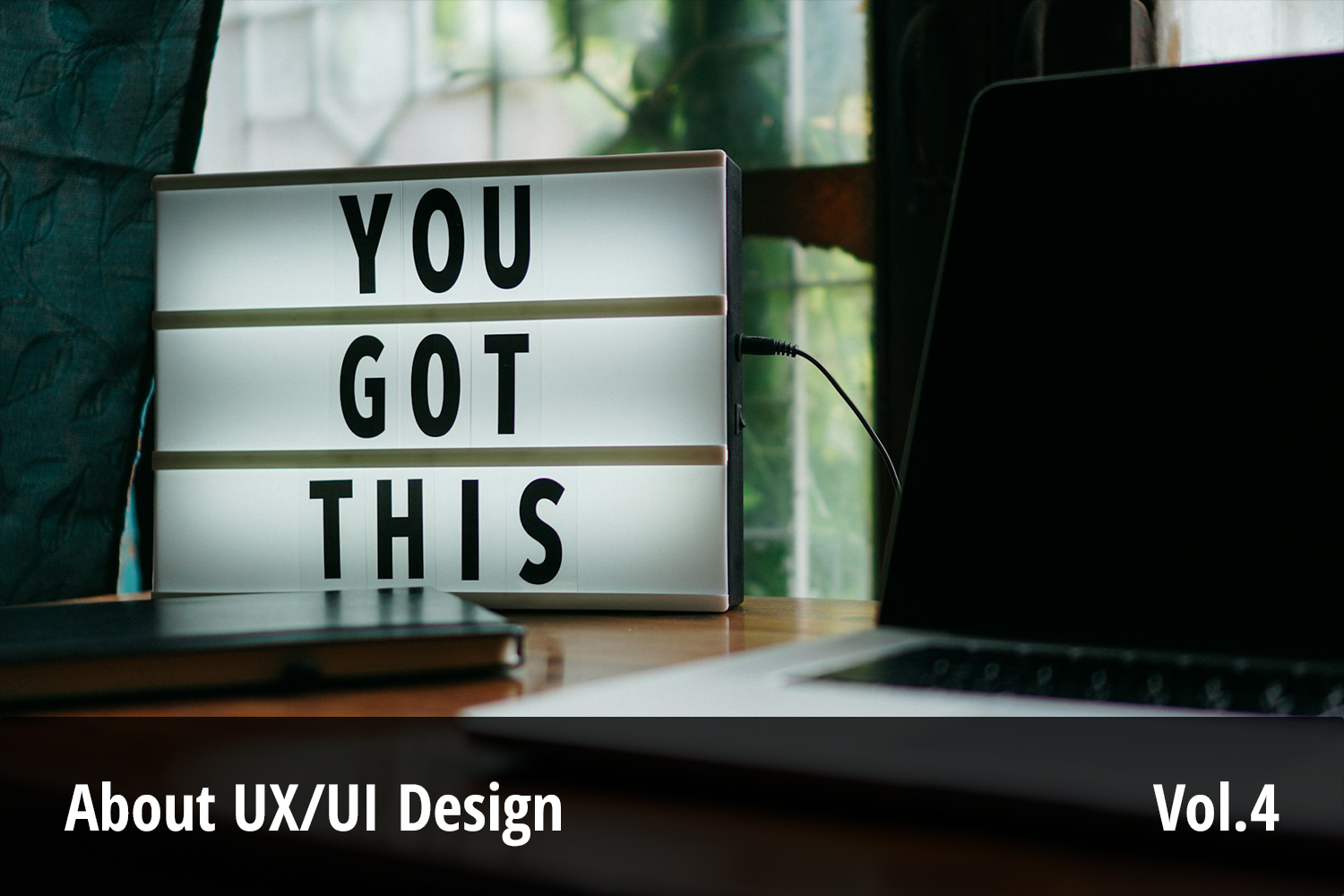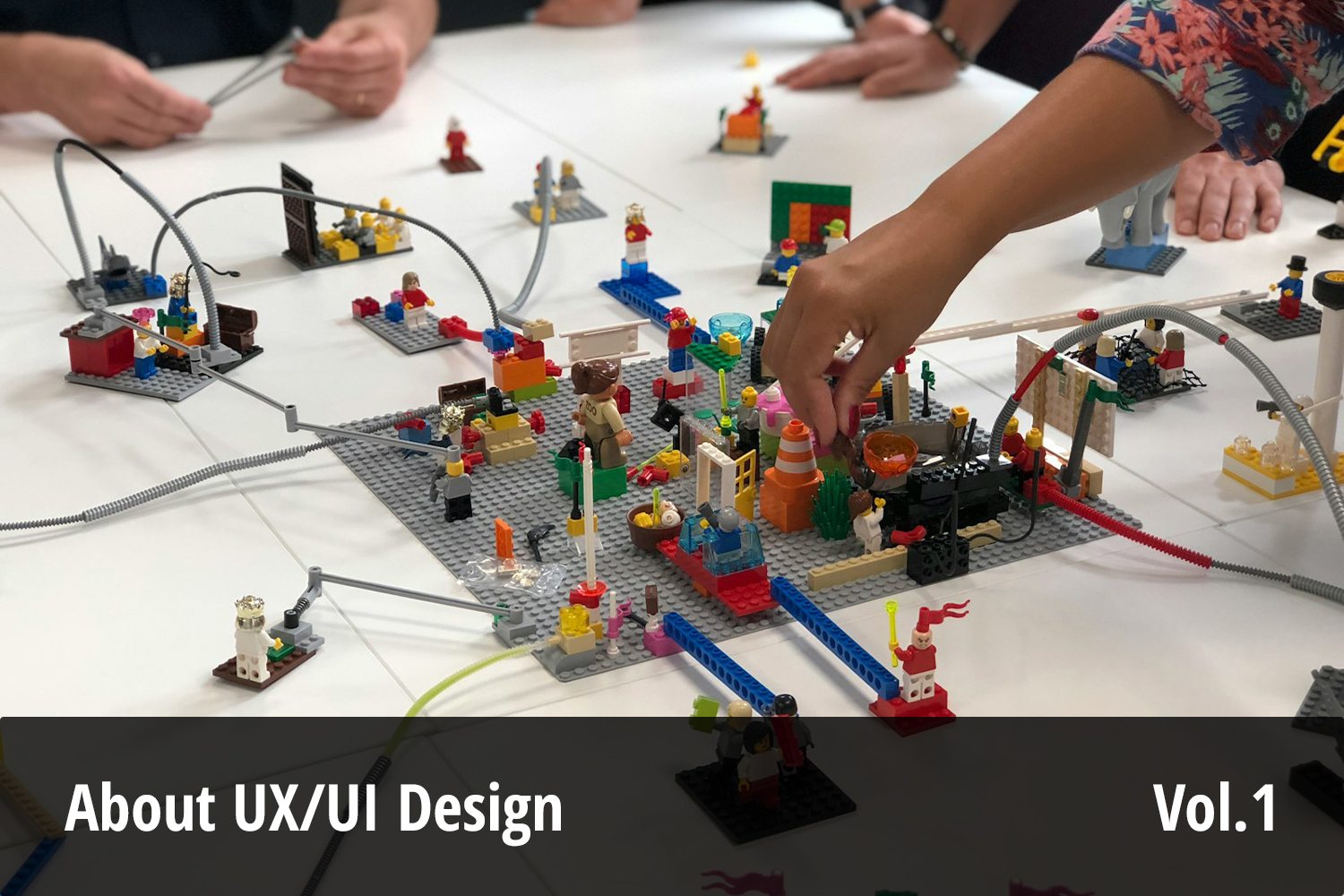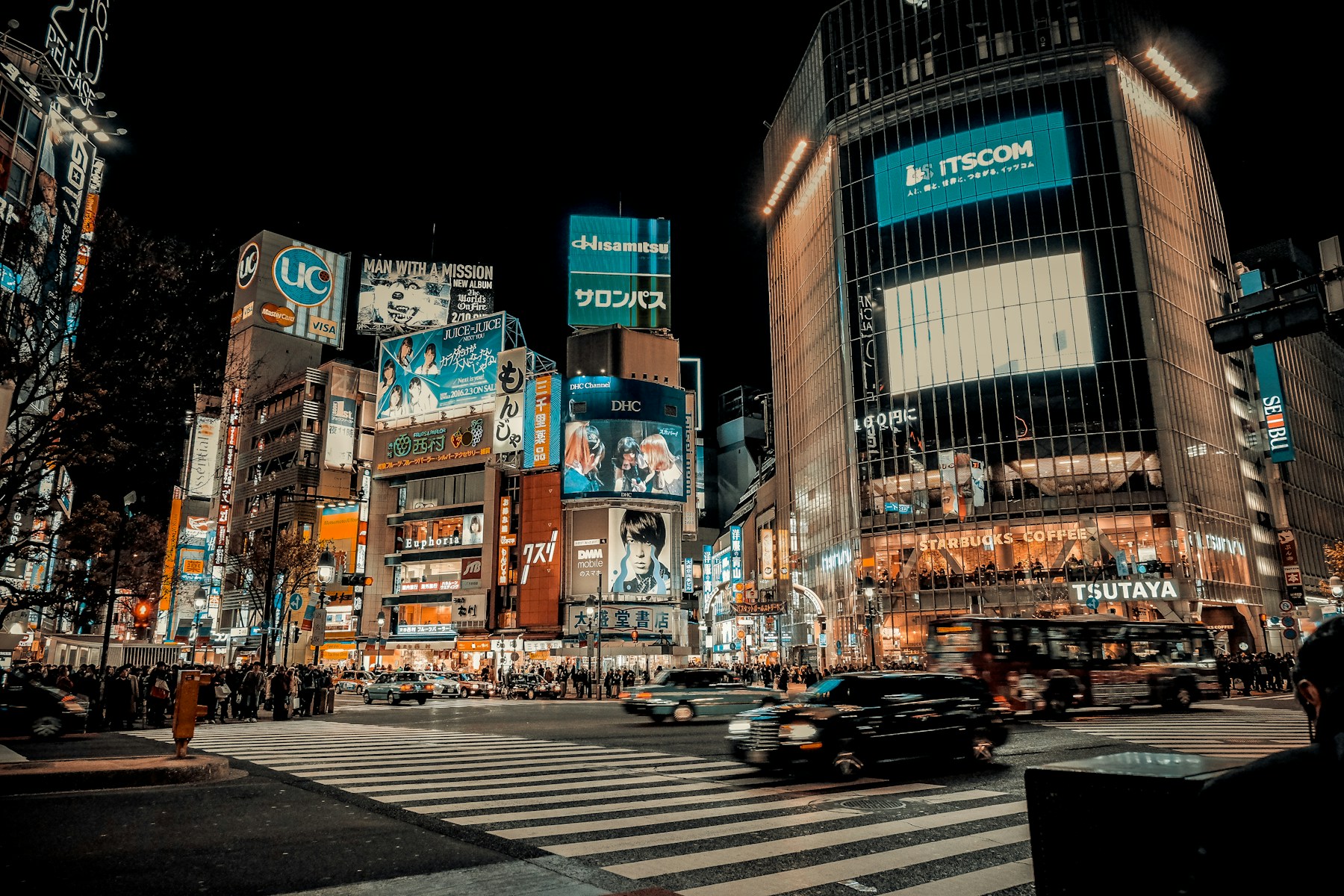I have participated in numerous UX design projects, each focusing primarily on enhancing usability. Interestingly, many of these projects, while labeled as UX design, predominantly involved solutions that fell within the realm of UI design practices. This observation raises a crucial question: are these projects truly embracing UX design?
Previously, I wrote the definition and implications of UX design. Now, let’s delve deeper into the UX design approach. This section aims to provide a more detailed exploration of how UX design methodologies are applied in practice and why there’s often a discrepancy between the intended UX design and the resultant focus on UI elements.
Project Type
In the realm of UX design, projects typically fall into one of two main categories:
- Launching a new product or service from the ground up.
- Making modifications or updates to existing products or services that are either already on the market or still in development.
For the first scenario, employing UX design is inherently valuable as it involves defining the concept from scratch, allowing for a comprehensive and foundational design approach. This setting provides a unique opportunity to embed UX principles deeply into the product or service from the very beginning.
In the second scenario, the focus often shifts towards enhancing specific aspects such as usability. For instance, you might encounter objectives like “improving mobile search from a UX perspective” or “increasing user engagement with underutilized features.” These are common challenges where UX design is frequently applied to devise effective solutions.
Many designers have likely engaged in UX projects aiming to address such specific issues, leveraging UX strategies to optimize usability
Photo by Thought Catalog on Unsplash
Many of you have likely considered enhancing the usability of your mobile app through UX design.
What You Need to Do at first
When a UX design project kicks off within your organization, the initial steps should involve:
- Securing Expert Resources:
- Experts are crucial, extending beyond UX designers to include professionals deeply knowledgeable about the product or service your business offers, as well as business owners themselves. For example, in the cosmetics industry, this could involve product development specialists such as chemists and top management; in automotive sectors, designers, engineers, and possibly supply chain personnel play a critical role. These individuals are indispensable for their expert insights.
- Reconfirming and Redefining the Brief:
- It’s crucial to gather all experts to reconfirm and redefine the project brief. Whether launching a new venture or revamping an existing product or service, the first order of business must be to ensure that everyone involved clearly understands the project’s goals and the targeted user experience. This clarity is essential. Without it, team members may pursue divergent objectives, leading to fragmented and ineffective outcomes.
Starting a project on the right foot involves aligning all team members under a unified vision for the user experience, ensuring that every step taken is a stride toward shared goals.
UX design is fundamentally academic, requiring deep expertise and collaborative discussion among specialists familiar with the product or service at hand. Without the involvement of these experts to deliberate and contribute their knowledge, achieving a highly effective UX design is unlikely.
Photo by National Cancer Institute on Unsplash
The Importance of Redefining Briefings in UX Design
In many UX projects, the focus tends to be narrowly cast on the functionality and user impressions of apps—whether it’s an app designed to streamline your hectic schedule or a mobile-friendly platform for purchasing concert tickets. Often, briefings are confined to these specific utilities, leading primarily to discussions centered around enhancing usability.
To transcend mere usability and practice effective UX design, it’s crucial that the briefing process itself be led by expert UX designers. These professionals should first identify and articulate the core business challenges, then revisit and redefine the briefings from a UX perspective.
Take, for instance, an app intended to help manage a busy schedule. From a UX design standpoint, the goal shouldn’t just be about making the schedule easy to view in a Gantt chart format or simplifying notification settings. Instead, the discussion should pivot towards transforming how schedules are managed altogether.
Similarly, for a mobile-friendly app that facilitates concert ticket purchases, the primary aim of enabling mobile purchases might be to enhance user convenience. However, if convenience is a core value, the approach should not be restricted to mobile transactions. Expanding the availability of purchasing channels to include options like station kiosks or post offices could further enhance accessibility. In Japan, for example, the ability to purchase various tickets at convenience stores exemplifies this broader approach.
By redefining briefings with a holistic UX perspective, we can ensure that design efforts align more closely with strategic business objectives and deliver truly transformative user experiences.
Photo by Stefan Lehner on Unsplash
The execution of UX design is heavily influenced by the specifics outlined in the project briefing. For instance, the design of a motorcycle can vary significantly based on the type of experience intended for the rider. This underscores the importance of a well-crafted briefing that clearly articulates the desired user experience, setting the stage for the design process to align precisely with these objectives.
Designing user experience is akin to sculpting invisible phenomena. It involves clarifying the abstract concepts and visual images that shape user interactions. More than just articulating value, it’s crucial to examine the outcomes: the new benefits and values users gain from a product or service, and how their usage behaviors evolve as a result.
In contrast, UI design deals with elements that are visually tangible, such as the interfaces of mobile apps or the buttons on a TV remote control. While it’s straightforward to assess the aesthetics and functionality of these elements, understanding how they enhance or detract from the overall user experience is a far more complex challenge.
Get a Free UX Consultation!
No matter the scope of your project, it’s advisable to consult a UX design expert early in the process. While not every situation may require a UX designer—sometimes a UI designer or even your existing team resources can suffice— recognizing this early can save on unnecessary expenditures. Engaging the right expertise from the start ensures that your project is not only cost-effective but also aligned with the best practices in user experience design.
Free Download
At Genki Brothers, we have initiated the startup “Connect” with the aim of exploring the integration of UX/UI design within business contexts.
For those interested in creating innovative and unprecedented experiences in your business endeavors, we encourage you to read our book. Please complete the submission form provided below. Upon receipt of your email, an automatic reply containing the download link for the book will be sent to you.
The innovator behind the binocular training system for the lazy eye, bloo.vision with over 20 years of experience in UX/UI design, and a profound understanding of web technology's impact on our lives from early-stage projects in Japan.
Other Open Sources
